Everything you need to know about specifications and performance - Hyundai i30 2017 - 1.4 (100 Hp)
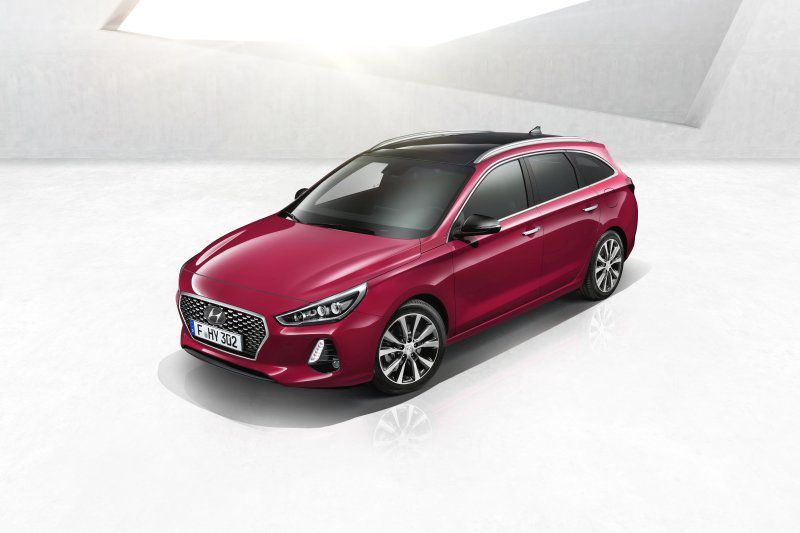
Overview:
What is the engine capacity of a Hyundai i30 2017?
The engine capacity of the Hyundai i30 2017 is 1368.
Hyundai i30 2017 How many horsepower?
The engine power of the Hyundai i30 2017 is 100 Hp @ 6000 rpm..
What is the Hyundai i30 2017 engine?
Hyundai i30 2017 engine is Kappa / G4LC. (Click to see other cars using the same engine)
How much gasoline does a Hyundai i30 2017 consume?
The Hyundai i30 2017 consumes 5.6-5.8 liters of gasoline per 100 km
General:
Engine:
Performance:
Space:
dimensions:
Powertrain, Suspension and Brakes:
See also
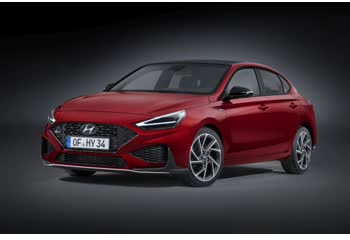
Last generation.
Its production began in 2020 until 2022
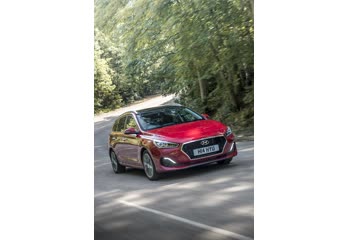
Other generation.
Its production began in 2019 until 2020
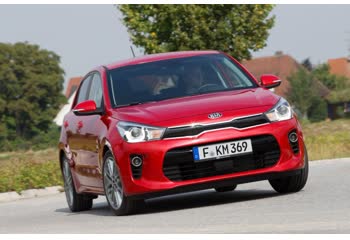
Same engine. (Kappa / G4LC).
Its production began in 2017 until 2019
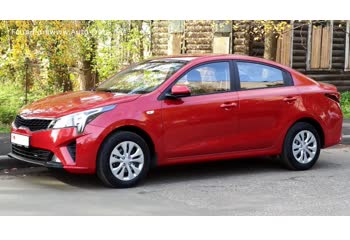
Same engine. (Kappa / G4LC).
Its production began in 2020 until Now
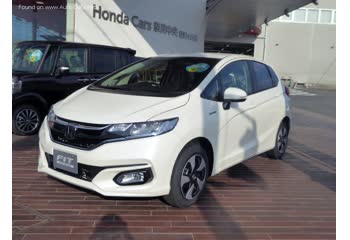
Same production year and almost the same engine capacity.
Its production began in 2017 until 2020
Write a comment